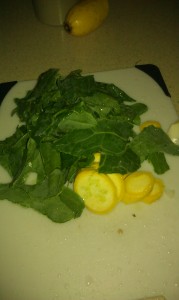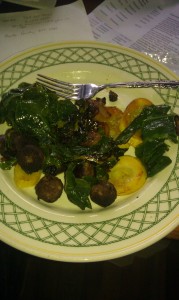Gentle Reader,
Today I sat with a group of women doing writing practice. One lovely person a few years younger than I read aloud when it was her turn and shared her wistful memories of back packing. Having all she needed in the world for simple shelter, nourishing and simple food, everything necessary in her pack was her idea of the best possible situation.
I feel this way, too, and eagerly asked her afterwards if she is still back packing. She said, no, her husband was leaving soon but she would have to stay behind. She had no energy and was taking many medications for various problems. Still walking along the beach most every day, she takes solace in that pleasure, but has mourned her loss of this most freeing experience, setting off for a wilderness place with all her necessities in her pack.
This story came across my desk last week. As I heard my new friend’s story of medications and energy loss, I wondered if this could be her story, too.
Hands No Longer Hurt
“As you know, Shaklee vitamins and Liver DTX have put my hepatitis C into remission. After adding the soy protein I now have energy and the doctor says my liver is again soft and no longer swollen.
The new news is that I finished up the Cal/Mag and now have been using the OsteoMatrix for about a week. My hands no longer hurt! It was becoming a daily heartache to endure this additional pain. I have hope that my hip pain will also stop as it has already been reduced.
Years ago I was on 4 different interferon programs, 8 – 10 months each, and the medicine had me bedridden without any medical benefits and plenty of side effects. Today I am a new person! I thank God for you and Shaklee.” Fran Shaughnessy
I was recently sitting with another woman who is riddled with arthritis and has had most of her joints operated on. She has had gold shots and takes morphine for pain. Of course, her doctors are monitoring her liver and they claim she is tolerating the 8 – 10 prescriptions she is taking. She is also taking many different vitamins and other supplements. She has decided to turn to Shaklee to see if the products from the #1 Natural Nutrition Company will make a difference. I can’t tell you yet how this is going as she only began yesterday. She will continue taking all prescription meds and specific supplements. Together we will monitor how she feels and let her doctors decided through blood tests whether her arthritis symptoms, fibromyalgia and other conditions are improving enough over time to reduce any of the medications.
I have recommended Liver DTX, Optiflora, Fiber Plan and Herb Lax, all signature Shaklee products designed to help the digestive system function optimally, eliminate toxins and repair the bruised and over worked lower intestine and liver so that the medications will actually serve the body as the doctor hopes. She will also use Vitalizer and Energizing Soy Protein to help boost her overall health.
Now, dear reader, go to your pill drawer and take count of the prescriptions and over the counter drugs, the vitamins and other supplements you have either been prescribed or are taking because you think they might help. May I suggest that by simply changing brands to Shaklee for the vitamins alone, you might improve your situation dramatically?
Do you know how the various pills interact? Are you flying solo making your choices, or are you consulting with a nutritionist/Naturopath/Physician about all the many things you take (or the few things). Here is an excellent web site that will help sort this out. Then come back and spread the word.
Do you have a friend or family member who might benefit from thinking about their medications and supplements from a new point of view? If so, pass this post along to someone you know and care about.
And finally, like my BetsyBells Health4u Face book page. Friend me at www.facebook.com/betsyjbell.
Fondly, Betsy
Be Well, Do Well and Keep Moving
BetsyBell’s Health4u
206 933 1889 1 888 283 2077
betsy@hihohealth.com






